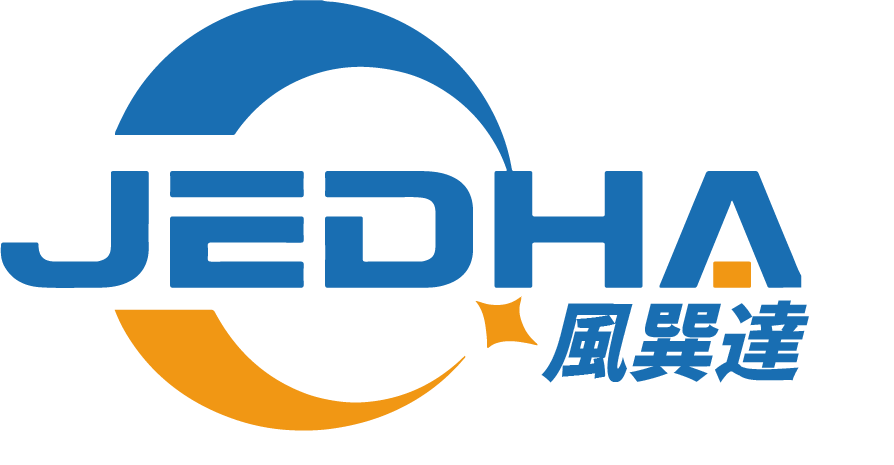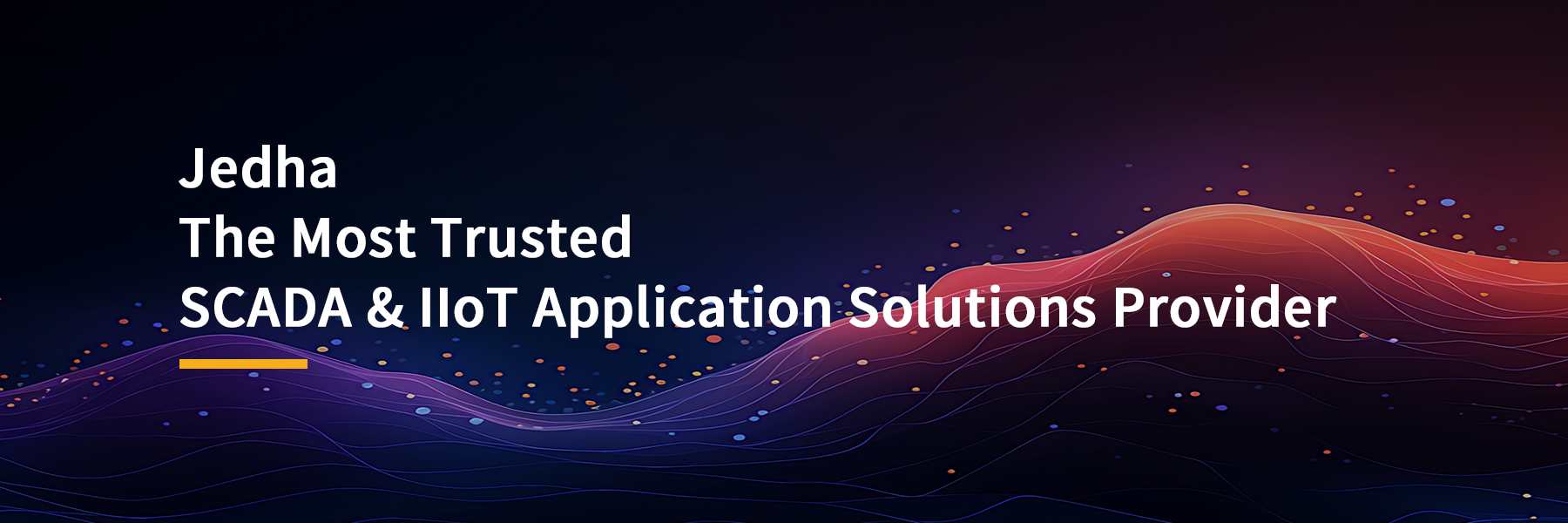Tech Insights — An Introduction to the Application of Intelligent Big Data in Offshore Wind Power
1.Introduction
In recent years, as onshore wind farm development has matured, countries around the world have increasingly turned to offshore wind power due to its numerous advantages—abundant wind resources, longer power generation hours, no noise restrictions, and the ability for large-scale development without occupying land.
However, installing wind turbines offshore presents significant challenges. In addition to harsh environmental conditions such as salt corrosion, wave loads, and marine debris (e.g., sea ice), countries in Asia also face threats from typhoons and earthquakes. The operation and maintenance (O&M) cost for a single offshore wind turbine is at least two to three times higher than that of an onshore unit. Overall, the O&M cost of an offshore wind farm can account for 20–25% of its total revenue.
When a turbine breaks down, dispatching sufficient O&M personnel—along with fast boats, heavy-lift vessels, or even helicopters—can be extremely costly. To minimize these expenses, a long-term, well-planned maintenance strategy is essential. A solid O&M plan not only boosts operational confidence among wind farm developers, but also provides compelling risk-reduction evidence for external investors and lending institutions.
2.Offshore wind power operation and maintenance strategies
Generally, the operation and maintenance (O&M) strategies for offshore wind farms mainly include Time-Based Maintenance (TBM), Failure-Based Maintenance (FBM), and Condition-Based Maintenance (CBM).
Time-based maintenance (TBM) is a strategy where maintenance activities are carried out according to a predetermined schedule. Common intervals include six months, one year, two years, or five years. This strategy is primarily applied to components that require adjustments, lubrication, inspection, cleaning, and periodic disassembly or replacement, such as oil filters and bolt torque. The focus of time-based maintenance is to optimize maintenance intervals. If the intervals are not properly chosen, it can lead to either over-maintenance or insufficient maintenance, resulting in excessively high maintenance costs or low reliability.
Corrective maintenance, also known as reactive maintenance, involves performing maintenance only after equipment fails. Since failures are random, there may not be enough time to prepare personnel and vessels, which can extend the lead time for maintenance. Therefore, this approach is only suitable for equipment that is less critical and has lower maintenance costs.
Condition-based maintenance is the primary strategy currently adopted by offshore wind farms in Europe. It involves installing big data acquisition devices in wind turbine equipment and scheduling maintenance based on actual operating conditions. This approach is mainly applied to critical subsystems where failures have serious consequences and replacement is costly, such as blades, gearboxes, main bearings, and generators. Condition-based maintenance installs monitoring devices on different components and uses the collected big data for fault detection and diagnostic analysis to support subsequent maintenance decisions.
At present, offshore wind power uses several methods for fault diagnosis based on big data, including traditional diagnostic methods, mathematical diagnostic methods, and intelligent diagnostic methods. Traditional methods diagnose faults through dynamic characteristics of wind turbines, such as vibration monitoring, oil analysis, infrared thermography, strain measurement, and noise detection. Mathematical methods analyze condition data using techniques like data mining, empirical mode decomposition, and subspace identification. Intelligent methods, without overly relying on historical data, use online monitoring information and technologies such as grey prediction, fuzzy logic, and neural networks to assess system conditions, enabling early fault warnings and effective intelligent maintenance.
3.The intelligent monitoring system covers all links of the offshore wind power industry chain
Due to the large installed capacity, remote offshore locations, harsh operating environments, and the challenges of inspection and maintenance, offshore wind farms demand a higher level of digitalization and automation. Comprehensive condition monitoring sensors are deployed throughout various components—including wind turbines, subsea foundations, submarine cables, main transformers, and high-voltage switchgear.
By enabling real-time monitoring of abnormal conditions, these systems help deliver early warnings, facilitate online diagnostics, and support comprehensive lifecycle optimization of equipment—ultimately enhancing operational reliability and reducing maintenance risks for clients.
(1) Wind turbines
Offshore wind turbine manufacturers typically utilize Turbine Condition Monitoring (TCM) systems along with Supervisory Control and Data Acquisition (SCADA) systems—common examples include Vestas, Siemens, and GE. However, due to limited compatibility between systems from different brands, many international companies are dedicated to the design and development of third-party monitoring systems. These include the GH SCADA system by GL Garrad Hassan (UK), Vestas Online, SKF Wind Con 2.0, and the Clever Farm system by Risø.
In addition to standard monitoring functions, large-scale wind farms often integrate power control and reactive power compensation systems to enhance overall operational efficiency and grid stability.
Notably, in June this year, Vestas received the Big Data Gold Award from Deloitte for its outstanding achievement in smart monitoring. The company collects data every ten minutes from 580 offshore wind turbines worldwide, including power output, wind speed, and site conditions. This data is transformed into intelligent insights that help predict potential component failures, strengthen maintenance strategies, optimize wind farm performance, and improve profitability forecasts.
As the world’s largest offshore wind turbine supplier, Siemens established a dedicated Remote Diagnostics Service (RDS) center in 2014 at its wind turbine operations headquarters in Brande, Denmark. This center provides advanced diagnostic and maintenance services for more than 7,500 onshore and offshore wind turbines worldwide.
By analyzing individual turbine data, the RDS center forecasts operational trends and identifies opportunities to enhance existing performance. These insights not only improve current operations but also serve as a valuable foundation for the forward-looking design of future wind turbines.
(2) Submarine base
Corrosion protection for conventional offshore structures is typically carried out through manual on-site potential testing. However, offshore wind farms are usually located in mid-to-deep sea areas, far from the coastline, where traditional manual inspection is neither practical nor efficient for daily operations and maintenance. This has led to the development of remote monitoring systems for subsea foundations, which are essential for assessing structural lifespan and ensuring operational safety in real time.
Norway’s Geological Survey and UK-based monitoring solutions provider Strainstall have jointly developed an innovative Structural and Environmental Monitoring (SEM) system using specialized underwater instrumentation. This system has been widely deployed on monopile foundations in offshore wind farms in Denmark and Germany. One notable application is the successful installation of 126 sensors—spanning from the tower to the subsea foundation, and from below the water surface to the mudline—on a single, innovative Suction Bucket Jacket foundation at the Borkum Riffgrund 1 offshore wind farm in Germany.
(3) Submarine cables
Submarine high-voltage cables are critical components for transmitting electricity from offshore wind farms and play a decisive role in the success of offshore wind power development. Due to operational challenges and the unpredictable marine environment, these cables are highly susceptible to a range of failures—such as insulation damage from geological pressure or breakage caused by ship anchors—leading to significant economic losses. Ensuring the safe operation of submarine cables requires real-time monitoring of their operational status.
Several online monitoring methods exist for submarine cables, including the DC component method, grounding current method, online loss factor method, and optical fiber sensing. Among these, distributed optical fiber sensing technology stands out as the most advanced and promising approach. This technique enables continuous and uninterrupted measurement and localization of temperature, pressure, and strain within the cable’s optical fibers over distances spanning tens of kilometers. It is immune to electromagnetic interference and can instantly trigger alerts and pinpoint locations when disturbances occur.
In a notable development, Glasgow Caledonian University in the UK—supported by funding from the UK Department of Energy and Climate Change—collaborated with the University of Strathclyde, ORE Catapult, High Voltage Partial Discharge, and Alstom Grid to successfully develop an HVDC-OLPD (High Voltage Direct Current – On-Line Partial Discharge) monitoring system. This state-of-the-art system enables simultaneous online detection of HVDC cables and AC/DC converters, offering early warnings for failures related to electronic components or thermal insulation issues.
4.Fully intelligent offshore wind farms have yet to be realized
Offshore wind farms accumulate vast amounts of data through various monitoring systems, forming the foundation for subsequent operations and maintenance (O&M) activities. By analyzing monitoring data from offshore wind turbines, subsea foundations, submarine cables, and even substations, operators can schedule inspections and maintenance more effectively. Statistical analysis of equipment failure rates also helps drive technical improvements and enhance O&M management.
Currently, the lack of interoperability among independent subsystems presents a major challenge. Data is often siloed and cannot be shared efficiently, creating obstacles for developers in terms of coordination and operational control. Since most monitoring systems are bundled with individual equipment suppliers, offshore wind farms that deploy turbines from multiple brands face significantly higher operational management costs. As a result, system integration has become a growing trend in the industry.
Some international academic and research institutions have already proposed integrated platforms that unify turbine condition monitoring, fiber optic sensing for submarine cables, wind power forecasting, and fault warning systems. These platforms aim to achieve information sharing, hardware integration, software reuse, and systematic logical functions—all under a single operational framework. This would pave the way for the realization of fully intelligent offshore wind farms.
Such integration not only offers optimized O&M costs for developers, but also significantly reduces redundant investments in monitoring equipment, moving the industry closer to sustainable and efficient offshore wind operations.
(The author of this article is Chen Fujing, an industry analyst of the ITIS program of the Metal Center)



